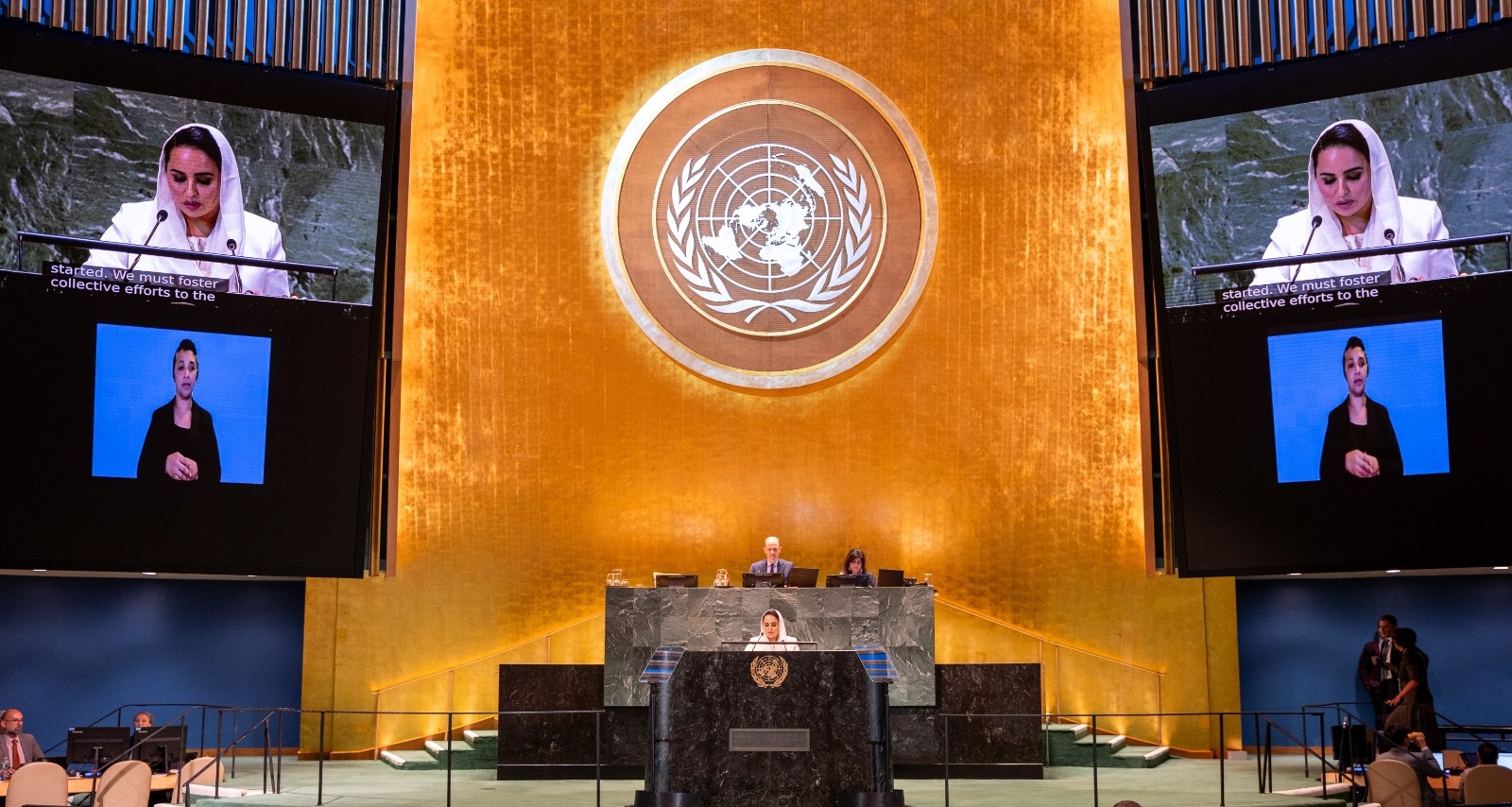ABU DHABI, 23rd June, 2023 (WAM) — The Emirates Mission to the Asteroid Belt (EMA), the first multiple-asteroid tour and landing mission to the main belt, will be represented by science team members making a number of presentations at ACM 2023, the premier international gathering of scientists who study small bodies, taking place in Flagstaff, Arizona.
The recently announced Emirates’ Mission to the Asteroid Belt (EMA) will explore seven asteroids, flying past six and culminating in a rendezvous with (269) Justitia, one of the most puzzling objects in the belt located between Mars and Jupiter.
EMA’s primary science goal is to better understand how water-rich asteroids form and change over time. The team will use state-of-the-art instrumentation to determine the history, composition, and temperatures of the seven main belt asteroids and to search for clues regarding where they formed and whether their origins can be linked to specific meteorites ejected from larger bodies.
“This is the first opportunity the EMA team has had to publicly share its science goals with the international community. We’re confident that the work we’re planning to do with EMA is complementary to current missions, both setting out to confirm existing observations and also to further our understanding of these bodies – in particular (269) Justitia, the final puzzle in our journey," said EMA Science Lead Hoor Al Mazmi.
EMA comprises a thirteen-year mission: a six-year spacecraft development period followed by a seven-year flight to the main asteroid belt beyond Mars, performing a series of close flybys to make observations of seven main belt asteroids, including a rendezvous with the spectrally red asteroid, (269) Justitia. The mission builds on the learnings, capabilities, innovations and heritage of the Emirates Mars Mission and aims to further accelerate the development of the Emirates’ private space sector and advanced technology innovation.
The mission’s MBR Explorer spacecraft will carry a suite of scientific instruments that will make synergistic remote-sensing observations during the six planned flybys, each of which is expected to last two to 12 hours. This will be followed by a fuller mapping of (269) Justitia during the final seven-month rendezvous period.
“The MBR Explorer is a new level of challenge for us, from the harsh environmental constraints we face through to the duration of the journey and navigational precision required by our program of fly-bys and rendezvous. At the end of the day, it’s all about the data – gathering and sending back as much information on our targets as we can trap," said Mohsen Al Awadhi, EMA Project Director.
Presentations at ACM include the science objectives of EMA, details of the mission design and targets and current assessments of our understanding of main belt asteroids, in particular (269) Justitia, with Jay McMahon, a professor in the Ann and H.J. Smead Aerospace Engineering Sciences department at CU Boulder, presenting the latest analysis of (269) Justitia’s shape and gravity field, as well as the expected accuracy of estimates to be obtained from tracking and imaging data gathered by EMA.
The presentations also provide an overview of the spacecraft payload at ACM, which is to include a mid-wavelength infrared spectrometer contributed by the Italian Space Agency Agenzia Spaziale Italiana (ASI), a high-resolution camera and thermal infrared camera from Malin Space Science Systems, and a thermal infrared spectrometer, based on the design of the EMIRS (Emirates Mars Infrared Spectrometer) instrument developed for the Emirates Mars Mission.
The asteroid (269) Justitia is thought to have originated in the Kuiper belt, the region of icy bodies beyond the orbit of Neptune, and subsequently ‘migrated’ to the main belt between Mars and Jupiter.
Recent research on Justitia indicates that it appears very red in the infrared spectrum, which is more similar to outer-solar system objects. This could be due to a coating of complex organic material, typical of asteroids located much farther from the Sun. Data from EMA will help test the hypothesis that Justitia originated beyond Neptune.
EMA’s other targets include (10254) Westerwald; (623) Chimaera; (13294) Rockox; (88055) 2000 VA28; (23871) 1998 RC76; and (59980) 1999 SG6. Five of these asteroids are members of known asteroid ‘families,’ groupings of asteroids created by impact events. In addition, five of the mission’s targets are less than 10 kilometres in diameter, whereas (269) Justitia and (623) Chimaera measure nearly 50 kilometres across.
EMA is a core component of the UAE National Space Strategy for the long-term development of the private space sector and harnesses knowledge sharing and commercial partnerships between Emirati space sector companies, educational institutions, and scientists. The mission builds on the learnings, capabilities, innovations and heritage of the Emirates Mars Mission, for which LASP was also the primary knowledge partner.
The Mission’s spacecraft is named the MBR Explorer, in recognition of the foundational role driving the creation and growth of the UAE Space Program played by Sheikh Mohammed bin Rashid Al Maktoum.
The MBR Explorer’s 5-billion-kilometre journey includes gravity assist manoeuvres around Venus, Earth and Mars to change the spacecraft’s velocity and support its flyby campaign, with its first asteroid encounter taking place in February 2030. Subsequent flybys will occur through to 2034, when the mission’s seventh asteroid encounter will involve a rendezvous and landing, with the spacecraft releasing a lander, which will collect data from the asteroid surface. The lander will be developed by Emirati private space sector companies working with academic partners in the UAE.
The Asteroids, Comets, Meteors (ACM) meeting is the premier international gathering of scientists who study small bodies. The ACM series began in 1983 in Uppsala, Sweden.

 World3 years ago
World3 years ago
 World3 years ago
World3 years ago
 Business11 months ago
Business11 months ago
 Entertainment7 years ago
Entertainment7 years ago
 World7 years ago
World7 years ago
 Entertainment7 years ago
Entertainment7 years ago





